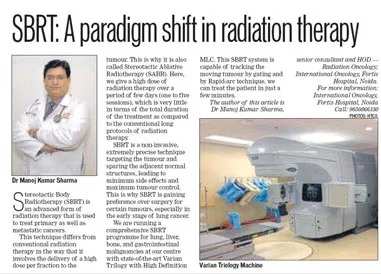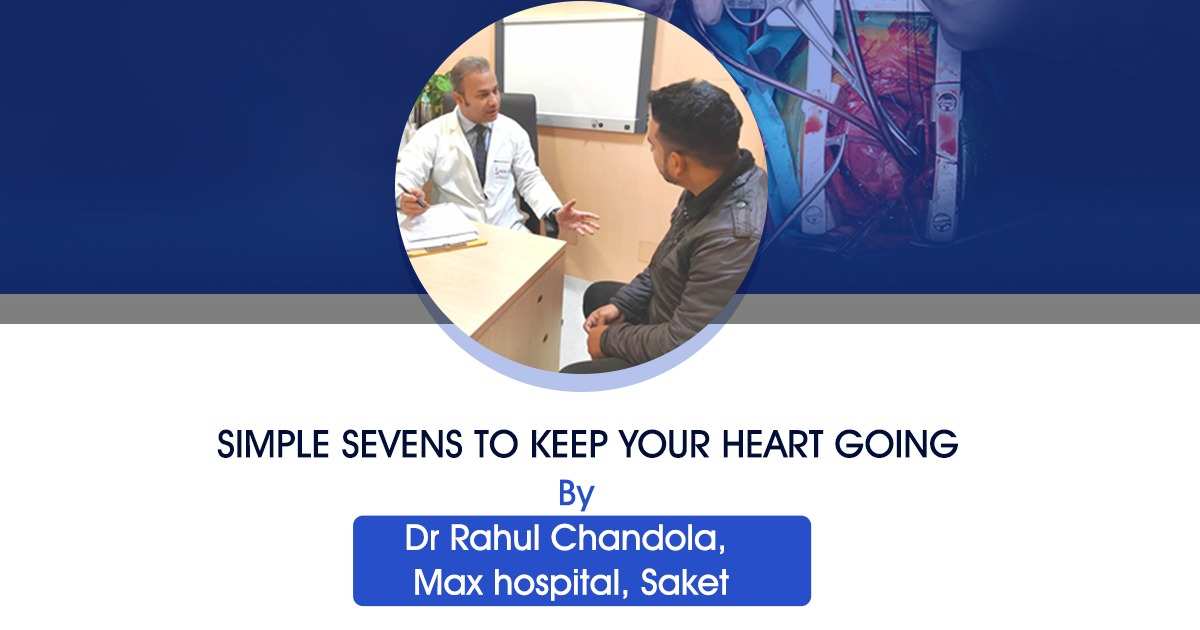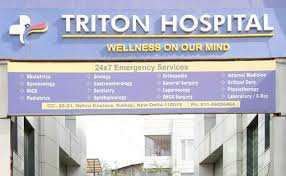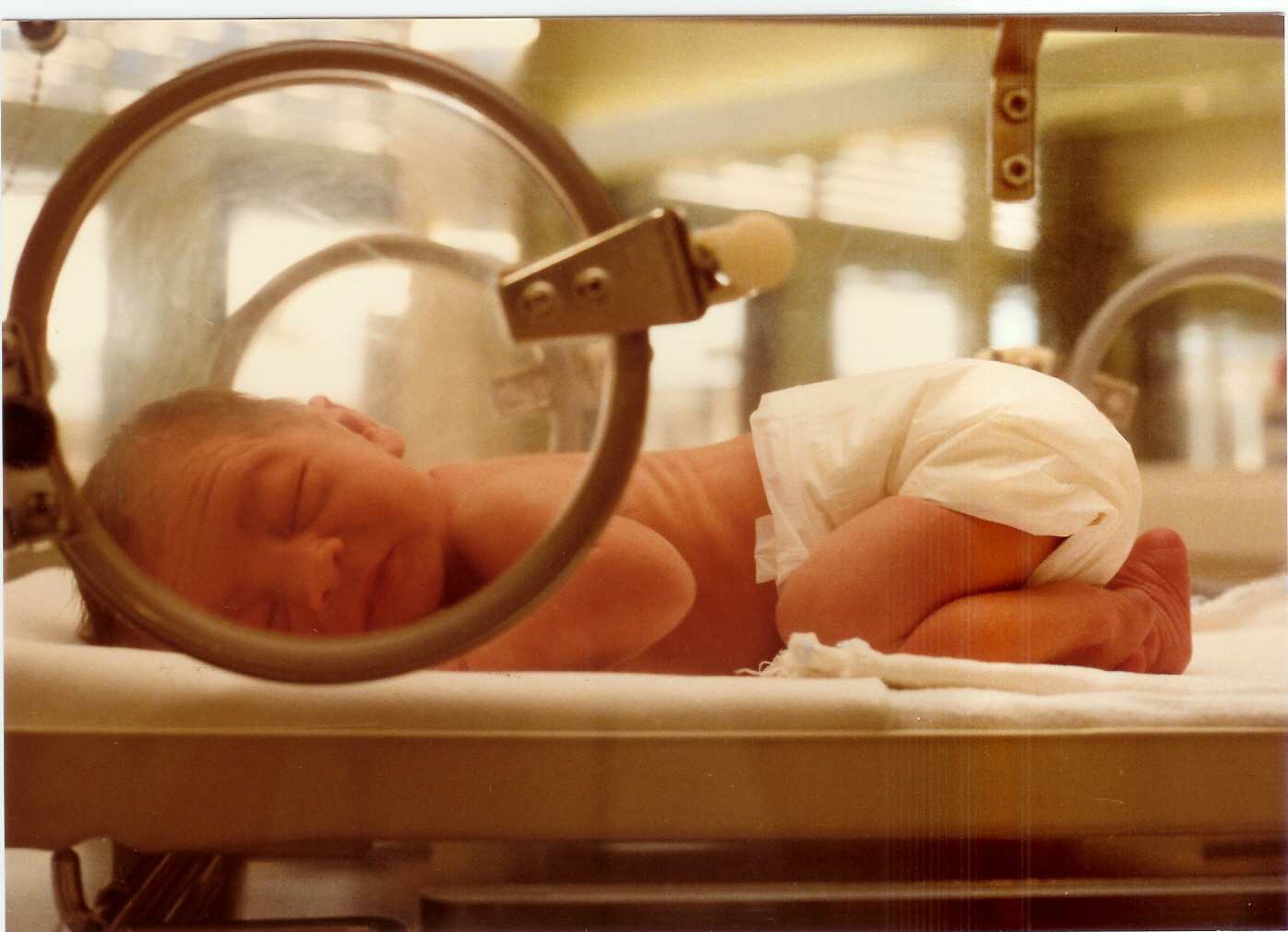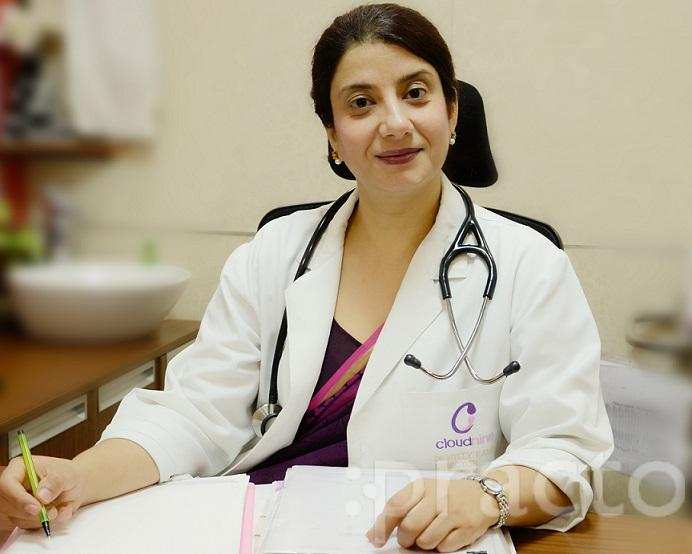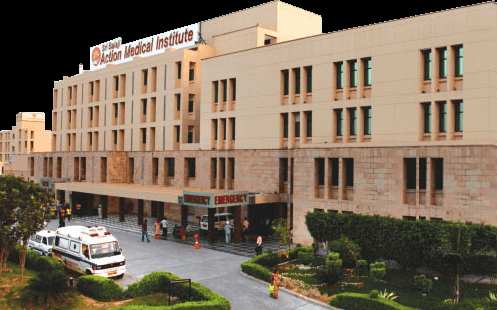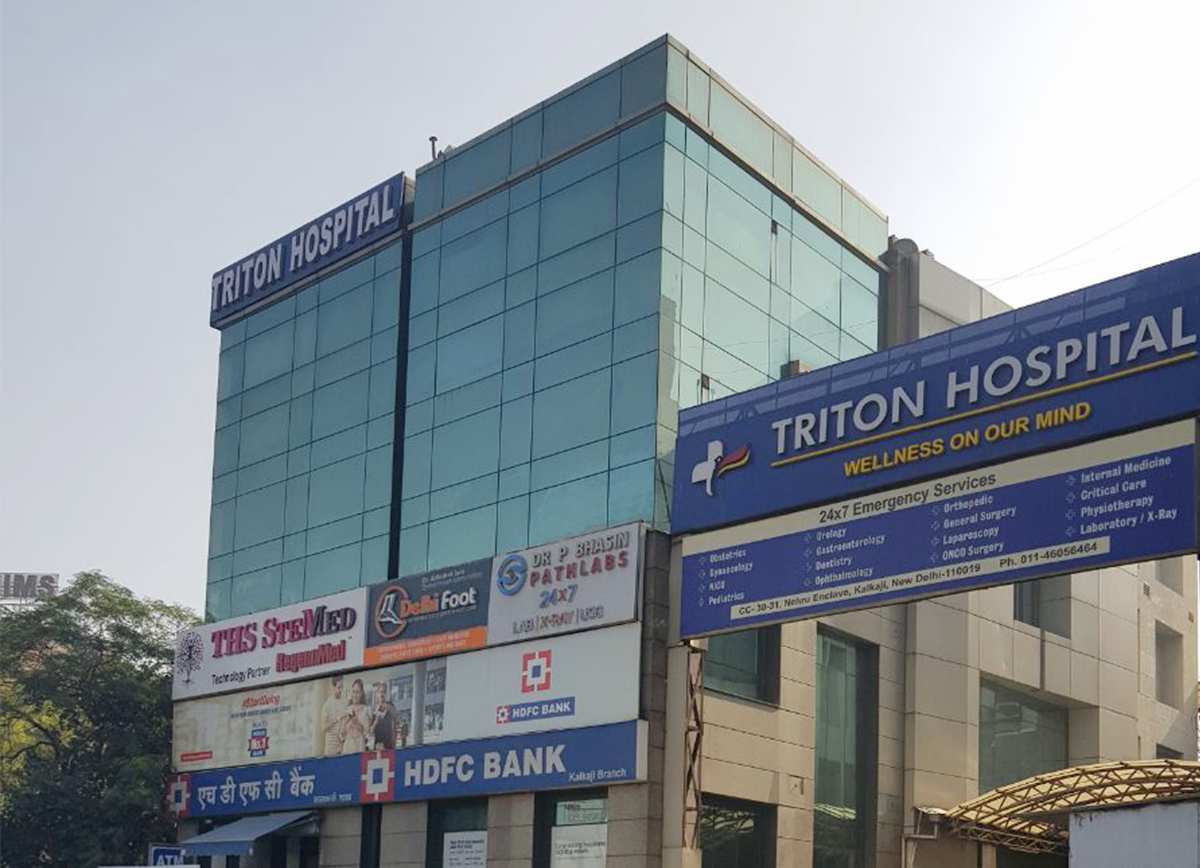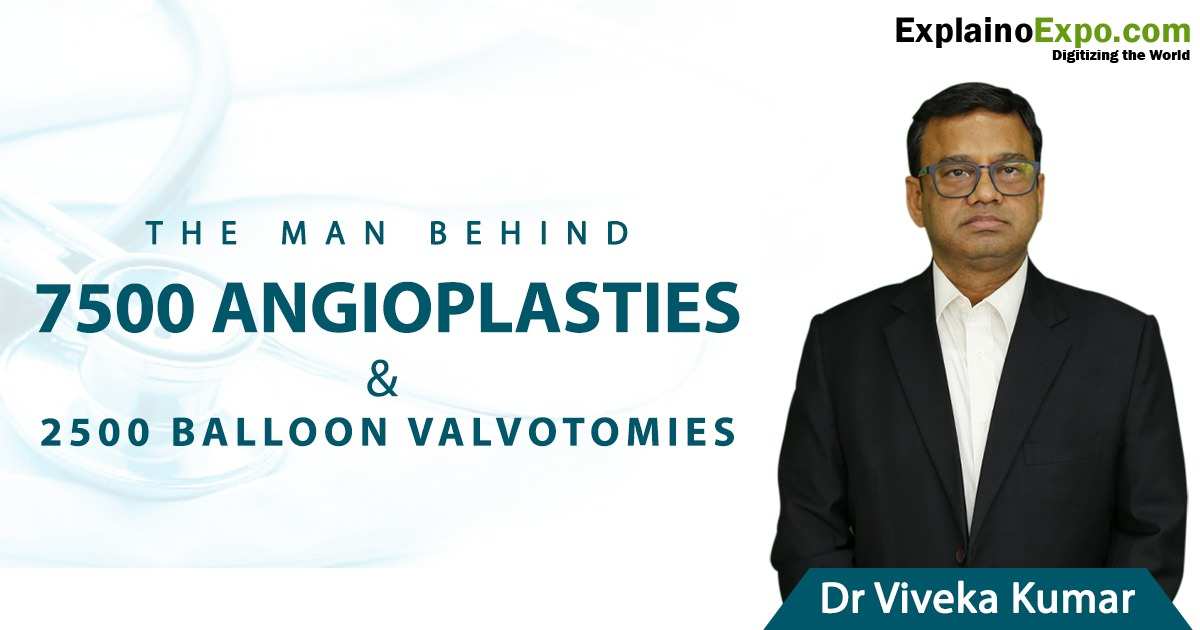Angioplasty is a treatment for cardiovascular disease. In people with heart disease, a fatty substance called plaque gradually builds up in arteries throughout your body. It causes problems when the build-up is so great that it slows or stops the flow of blood through the arteries. Plaque that ruptures and breaks free, or a blood clot inside the artery, can clog an artery, potentially preventing vital organs and other parts of the body from getting the oxygen they need to work.
How is it performed?
Your body isn't cut open except for a very small incision in the skin over a blood vessel in the leg, arm or wrist through which a small, thin tube (catheter) is threaded and the procedure performed. Angioplasty can take up to several hours, depending on the difficulty and number of blockages and whether any complications arise.
Doctor Viveka performs angioplasty with all his well versed knowledge and insights. A team of specialized cardiovascular nurses and technicians perform this surgery in a special operating room called a cardiac catheterization laboratory. This room is often called the cath lab.
Angioplasty is commonly performed through an artery in your groin (femoral artery). Less commonly, it may be done using an artery in your arm or wrist area. Before the procedure, the area is prepared with an antiseptic solution and a sterile sheet is placed over your body.
A local anesthetic is injected to numb the area where the catheter will be inserted. Small electrode pads are placed on your chest to monitor your heart during the procedure.
General anesthesia isn't needed. You'll be sedated but awake during the procedure. You'll receive fluids, medications to relax you and blood-thinning medications (anticoagulants) through an IV catheter. Then, the procedure begins:
After numbing the incision area, a small needle is used to access an artery in your leg or arm. A small cut is made in the skin.
The doctor then threads a thin guide wire followed by a catheter into the artery until it reaches the blockage in your heart.
One might feel pressure in the area where the catheter is inserted, but you shouldn't feel sharp pain. Tell the doctor if one does. One also won't feel the catheter in the body.
A small amount of dye is injected through the catheter. This helps the doctor look at the blockage on X-ray images called angiograms.
A small balloon at the end of the catheter is inflated, widening the blocked artery. After the artery is stretched, the balloon is deflated and removed. The doctor might inflate and deflate the balloon several times before it's removed, stretching the artery a bit more each time.
If one has several blockages, the procedure may be repeated at each blockage. Because the balloon temporarily blocks blood flow to part of your heart, it's not uncommon to experience chest pain while it's inflated.
Doctor Viveka, who has performed at least 7500 angioplasties is somebody who holds apt amount of experience and knowledge of the concerned surgery.


